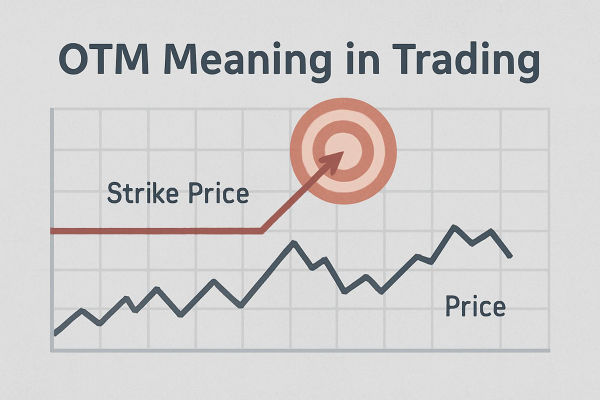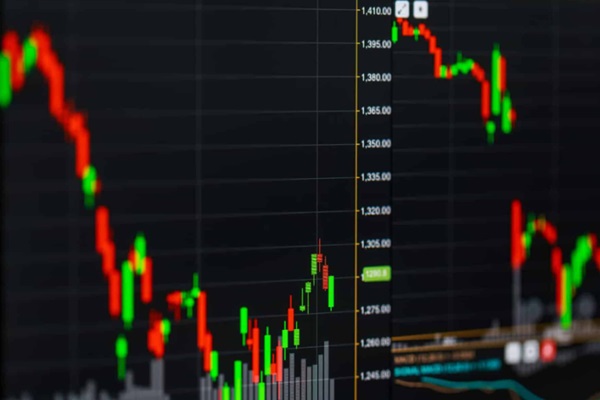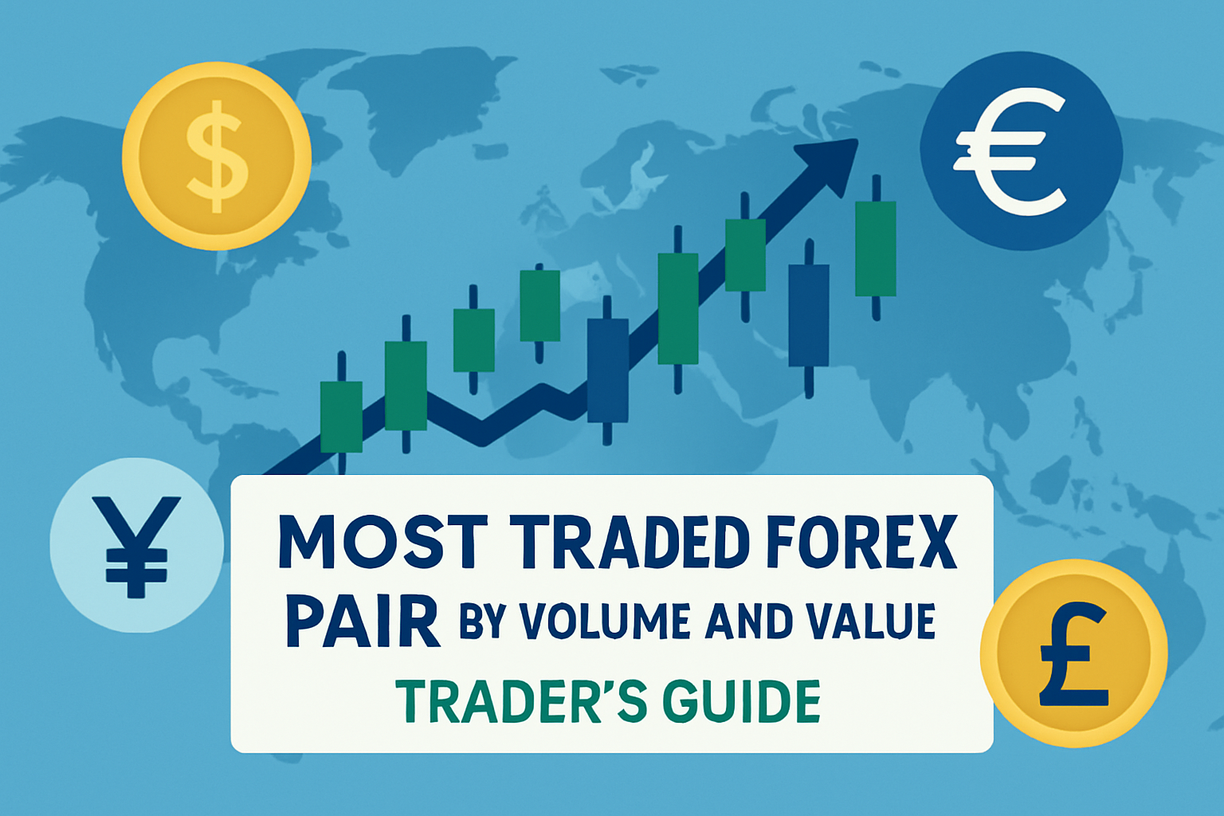What does Forex liquidity mean?
Forex volatility refers to the degree of price fluctuations within a currency pair over a given timeframe. The forex market encompasses currencies from various countries worldwide, thus prices are influenced by an array of economic and social factors. These factors contribute to fluctuations in forex prices, consequently driving forex volatility.
Measuring forex volatility typically involves standard deviation or percentage calculations and serves as a key tool in assessing the risk associated with investment portfolios. Elevated volatility implies that currency prices may experience rapid fluctuations over short durations, prompting investors to exercise heightened caution in risk management.
Furthermore, forex volatility plays a pivotal role in foreign exchange trading decisions. Traders must factor in volatility when formulating their trading strategies and employ risk mitigation measures such as stop loss orders to safeguard against adverse movements in currency prices.

Forex volatility refers to how much currency prices fluctuate within a certain timeframe. It's like measuring the ups and downs of currency values over a period—higher volatility means bigger swings, while lower volatility suggests steadier movements.
Simply put, forex volatility shows how unpredictable currency prices can be. When volatility is high, prices can change rapidly and dramatically. On the other hand, lower volatility means prices are more stable and don't shift as much.
For traders and investors, understanding forex volatility is crucial. It helps them gauge the risks involved and plan their trading strategies accordingly. High volatility can offer more profit opportunities, but it also comes with increased risk. Lower volatility may mean fewer chances for big gains, but it can also mean less risk of substantial losses. So, it's all about finding the right balance based on individual risk tolerance and trading goals.
【 EBC Platform Risk Reminder and Disclaimer 】: There are risks in the market, and investment needs to be cautious. This article does not constitute investment advice.



























